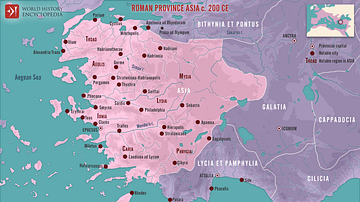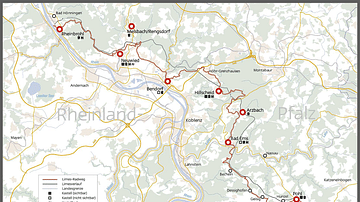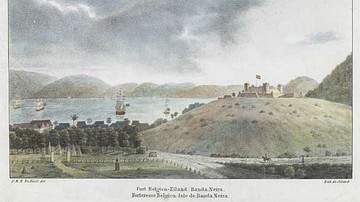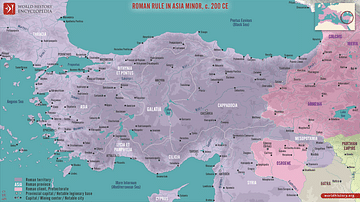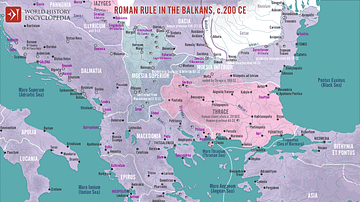Illustration
This map illustrates the administrative and geopolitical situation in Roman Gaul two centuries after the Roman conquest, which began with Julius Caesar's campaigns (58–51 BCE), bringing the region under Roman control. By 200 CE, Gaul was fully integrated into the Roman Empire and divided into provinces such as Gallia Narbonensis, Gallia Lugdunensis, Gallia Belgica, and Germania Inferior and Germania Superior, which flanked the Limes Germanicus, the fortified frontier along the Rhine River.
Roman rule fostered urbanization, extensive road networks, and the spread of Roman law, language, and culture. Cities like Lugdunum (modern Lyon), Augustodunum (Autun), Avaricum (Bourges), and Treverorum (Trier) served as administrative, cultural, and economic hubs. While Gaul thrived as a key region for agriculture, trade, and military recruitment, it remained culturally diverse, blending Roman traditions with the heritage of its Gallic inhabitants.
About the Author
Cite This Work
APA Style
Netchev, S. (2025, January 16). Roman Conquest & Rule in Gaul, c. 200 CE. World History Encyclopedia. Retrieved from https://www.worldhistory.org/image/19880/roman-conquest--rule-in-gaul-c-200-ce/
Chicago Style
Netchev, Simeon. "Roman Conquest & Rule in Gaul, c. 200 CE." World History Encyclopedia. Last modified January 16, 2025. https://www.worldhistory.org/image/19880/roman-conquest--rule-in-gaul-c-200-ce/.
MLA Style
Netchev, Simeon. "Roman Conquest & Rule in Gaul, c. 200 CE." World History Encyclopedia. World History Encyclopedia, 16 Jan 2025, https://www.worldhistory.org/image/19880/roman-conquest--rule-in-gaul-c-200-ce/. Web. 12 May 2025.



